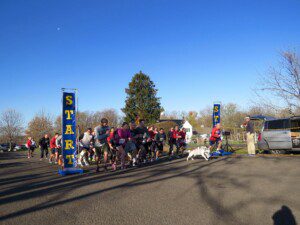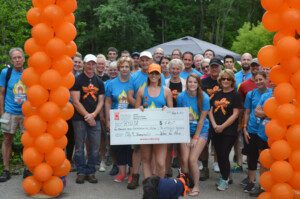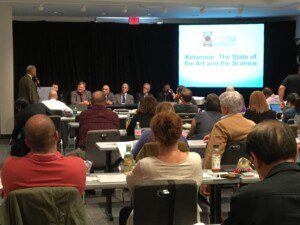Written by Leslie Rowe for the RSDSA blog. Her full story and information about the scholarship she mentions below are in this video (deadline April 30, 2025).
How and when did you develop CRPS/RSD?
I had foot/ankle surgery in December 2023 and woke up with searing pain. I went to the ER twice in the first few weeks and had numerous splint changes. It felt like my foot was being crushed, electrocuted and held over a fire – all at the same time. It was red, twice the size of the left, much warmer and hypersensitive to touch. A pain doctor was the first person who had me take off both shoes and socks. After looking at the comparison, she told me I had CRPS. Thankfully this was just three months after my surgery.
Unfortunately, it put me in a tailspin. I spent hours researching “Dr. Googles” to find out why it happened, and how to fix it. I read I just had “6 months” before it would turn to the “cold stage,” so I was very scared. Now I know that is not correct. I have never gone to the “cold stage” and sometimes it is still a little warmer. I also now know that a scared brain causes neuropathways to be even more sensitive. Although I still have some pain and numbness, I know the early diagnosis is why I’m now able to hike 10 miles and bike 30 miles.
Why do you think you got CRPS/RSD?
I did an MR Neurogram in May, then later had EMG/NCV nerve testing that showed severe damage of several nerves in my foot/ankle. Some were in places I did not have surgery, so must have been from the nerve blocks I had during my surgery. That said, not everyone who has surgery and nerve blocks gets CRPS. After researching it, I believe these are the factors that contributed to it happening to me:
→ Genetics: I have Ehlers Danlos hypermobility, connective tissue disease and Raynaud’s, so my nerves are more sensitive.
→ Immobilization: I had several procedures, so I was supposed to be in a cast/splint/walking cast for 3 months. Now I know immobilization can exacerbate pain signals.
→ Warped view of pain: As a former Ironman triathlete, long-distance cyclist and runner, I pushed through too much, living by the mantra, “pain is weakness leaving the body”. I know now this really confused my brain.
→ Living in “Fight” mode: My dad died when I was eight, we had a house fire a few years later and my mom had several challenges, then died when I was in my early 20s. My nervous system was stuck in “fight” mode for decades – hypervigilant and trying to predict what next traumatic event may happen. Not a healthy way to live.
→ Type A multi-tasker: I used to jam-pack my schedule to get a million things done, taxing my nervous system.
What activities or treatments have helped you find temporary or long-term relief?
Common CRPS therapies like PT, desensitization, mirror therapy, graded motor imagery (I used the Recognise app), and lymphatic drainage massage were key. Others that helped:
→ Brain retraining: I learned so much from Alissa Wolfe’s course about how the nervous system becomes hypersensitive (even without CRPS), and how – and why – the brain sometimes amplifies pain signals. I acknowledge the pain, but don’t amplify it.
→ Forgiveness: This was very difficult and took many months, but I had to let go of the anger I felt at the doctors. I know they didn’t intentionally do something to make this happen. I also knew the anger was keeping me from healing.
→ Movement: I kept moving my foot, even when it was just a millimeter at a time, and I had to move it myself. In the pool, I’d just hang at first, as it felt better being weightless. Eventually I swam, but at first just using one leg. I got an old recumbent indoor bike, then an old outdoor trike.
→ Steroids: I was on prednisone for almost three months (different doses), and that helped tremendously.
→ Hydrydissection: I had a nerve hydrodissection to separate the one nerve from scar tissue. It was incredible to watch on the ultrasound! The week after, I rode my 2-wheeled bike – giggling like I was a 4-year-old child learning to ride for the first time.
→ Science of slowing down: Praying more and intentional breathwork help give my body and brain rest time throughout the day. I try not to over-schedule myself and be more open to people helping me. When I have a setback, I know I need to stop and rest.
What advice would you give to newly diagnosed Warriors?
Stay positive! Anxiety causes your brain to be more sensitive to pain. Learn how emotions affect pain. Know you have some control over the level of your pain by how you respond to it. Educate your family and friends about the neuroscience of pain, and how to help you improve without pushing too hard. Be clear with them about your pain level, so they know when you may need more physical help and emotional support. Don’t spend too much time on the internet but do your research and be an advocate for yourself. Your journey is unique – what works for someone else may not for you. Try the least invasive therapies first, to see if they help. I never did sympathetic nerve blocks and some of the drugs suggested because I wanted to get to the root of my pain and felt those may just cover it up. I know they do work for some people though.
What encouragement would you give to Warriors who have had CRPS/RSD for many years?
That’s a tough one, as I’ve just had it for a 1 ½ years and cannot imagine having it for a long time – especially if it was not diagnosed early. When I talk with people who’ve had it for years, I try to encourage them to stay hopeful and try therapies related to rewiring hypersensitive nerve pathways. In a recent conversation with someone who is an expert on CRPS, he suggested that people who’ve had CRPS for a long time have neuropathways that have been cemented like “8-lane highways” compared to my brain last year, which was more like a “dirt lane road” and probably easier to rewire since I was diagnosed so early. That said, the brain is amazing and always creating new pathways, so hopefully those who have had this a long time can still get some relief from brain retraining strategies.
What is one thing you wish those without CRPS/RSD could understand?
Be supportive and empathetic, hopeful and encouraging. Ask about the pain, but don’t talk about it too much. Sometimes it’s good to have the brain rest from that conversation – and the person doesn’t want to be defined by the pain.
Anything else you would like to add?
I am covering half of a scholarship for Alissa Wolfe’s self-guided course (usually $599), which is what helped me so much. She also has a more personalized course with small support groups. I share my journey in this video, which I hope can help those suffering from CRPS: Life-Changing Help For CRPS + Scholarship Announcement (Leslie’s Recovery Story).

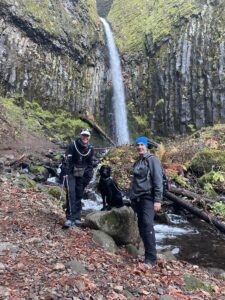
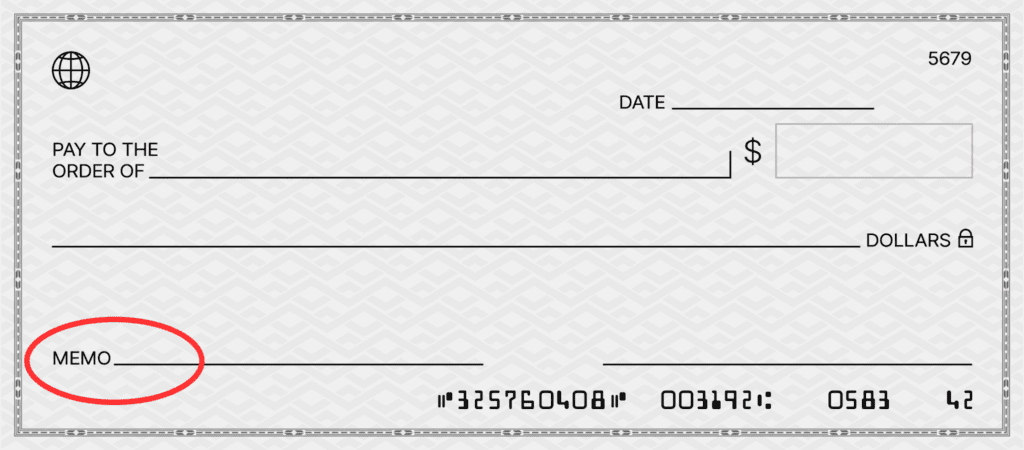
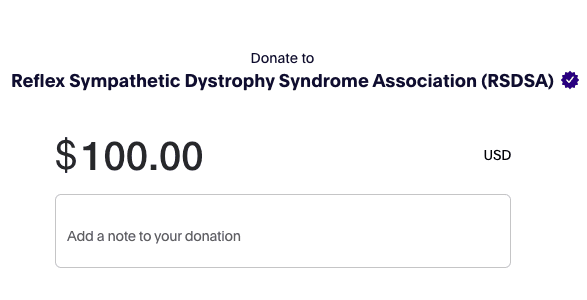
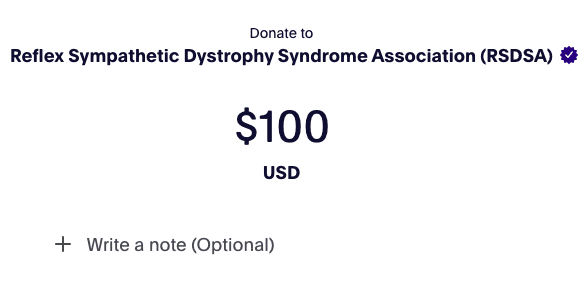
 By Jim Broatch, MSW, Executive Vice President, Director RSDSA
By Jim Broatch, MSW, Executive Vice President, Director RSDSA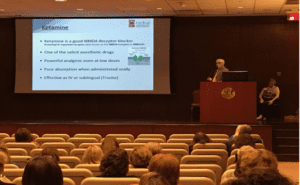 Written by Nurse Beth Seickel for the RSDSA Blog
Written by Nurse Beth Seickel for the RSDSA Blog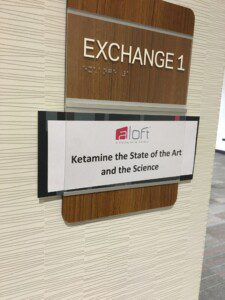 By Samantha Barrett, Special Events Coordinator
By Samantha Barrett, Special Events Coordinator
